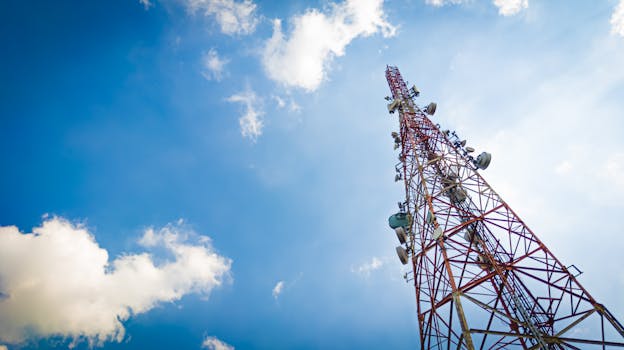Unlocking the Power of MEO Satellites: Revolutionizing Global Connectivity

MEO Satellites: The Future of Global Connectivity
MEO satellites, or Medium Earth Orbit satellites, are a type of satellite that operates at an altitude of approximately 2,000 to 36,000 kilometers above the Earth’s surface. MEO satellites have been gaining attention in recent years due to their unique advantages in terms of coverage, latency, and capacity. In this article, we will delve into the world of MEO satellites, exploring their benefits, applications, and the impact they are having on the telecommunications industry.
The use of MEO satellites dates back to the 1990s, when they were first introduced as a alternative to Geostationary (GEO) satellites. While GEO satellites offer high bandwidth and are widely used for television broadcasting and other applications, they have several limitations, including high latency and limited coverage. MEO satellites, on the other hand, offer a lower latency and higher capacity, making them ideal for applications that require real-time communication, such as voice and data services.
Benefits of MEO Satellites
So, what makes MEO satellites so special? One of the primary advantages of MEO satellites is their lower latency. Because they operate at a lower altitude than GEO satellites, MEO satellites have a shorter signal transmission time, resulting in a latency of around 20-30 milliseconds. This is significantly lower than the latency of GEO satellites, which can range from 200-300 milliseconds. This lower latency makes MEO satellites ideal for applications that require real-time communication, such as video conferencing and online gaming.
Another significant benefit of MEO satellites is their higher capacity. MEO satellites have a higher bandwidth than GEO satellites, making them capable of supporting a larger number of users and applications. This higher capacity, combined with their lower latency, makes MEO satellites ideal for applications that require high-speed data transfer, such as cloud computing and big data analytics.
Applications of MEO Satellites
MEO satellites have a wide range of applications, including telecommunications, navigation, and Earth observation. In the telecommunications sector, MEO satellites are used to provide voice and data services to remote and underserved areas. They are also used to support the Internet of Things (IoT), providing connectivity to devices and sensors in remote locations.
In addition to their use in telecommunications, MEO satellites are also used in navigation and Earth observation. They provide location information and timing signals, which are used in a variety of applications, including aviation, maritime, and land transportation. MEO satellites are also used to collect data on the Earth’s environment, including weather patterns, ocean currents, and land use.
Impact of MEO Satellites on the Telecommunications Industry
The impact of MEO satellites on the telecommunications industry has been significant. They have enabled the provision of high-speed data services to remote and underserved areas, bridging the digital divide and supporting economic development. MEO satellites have also enabled the development of new applications and services, such as IoT and big data analytics.
In conclusion, MEO satellites are revolutionizing the way we communicate globally. Their unique advantages in terms of coverage, latency, and capacity make them ideal for a wide range of applications, from telecommunications to navigation and Earth observation. As the demand for high-speed data services continues to grow, the importance of MEO satellites will only continue to increase, shaping the future of the telecommunications industry.



